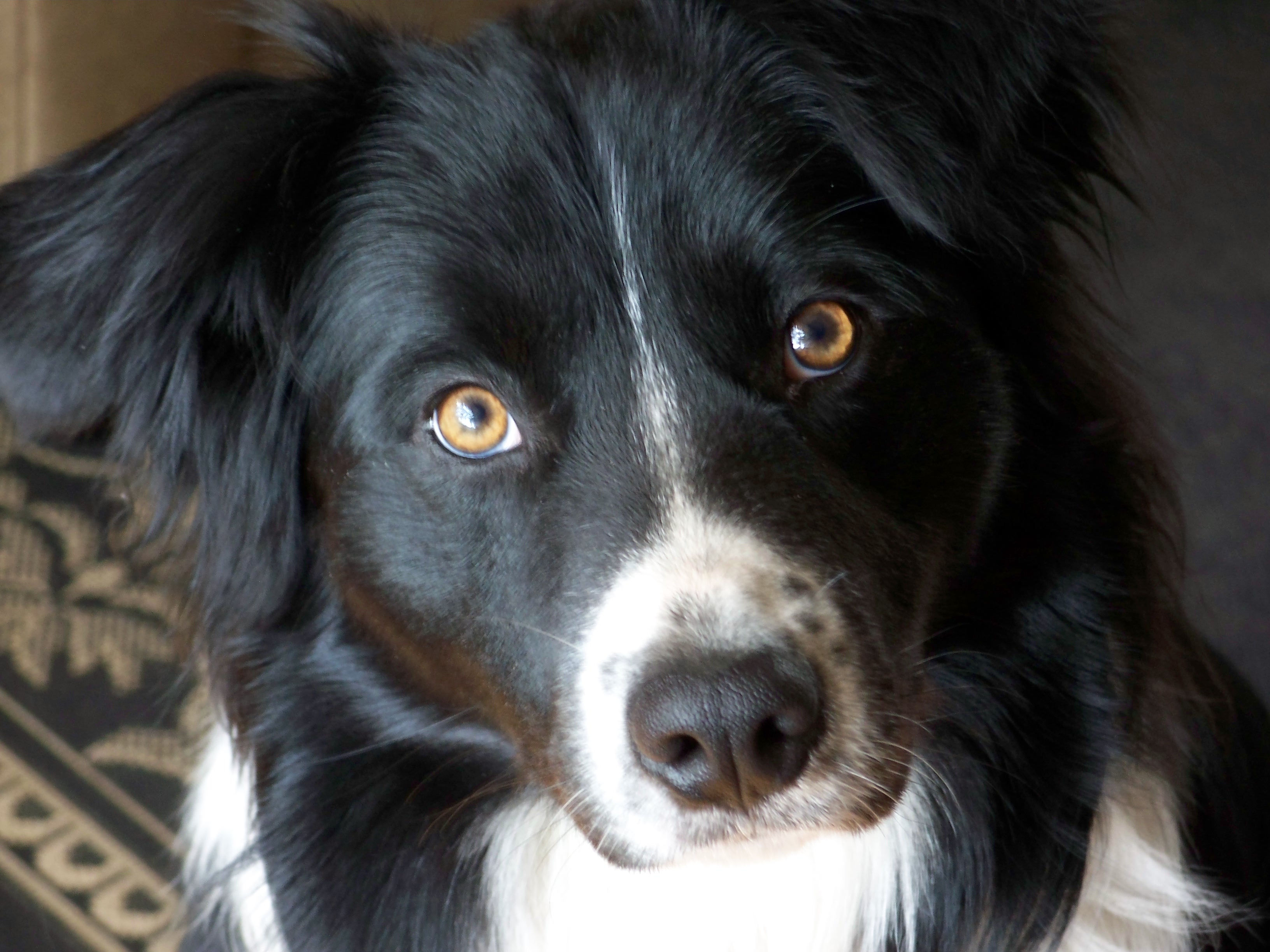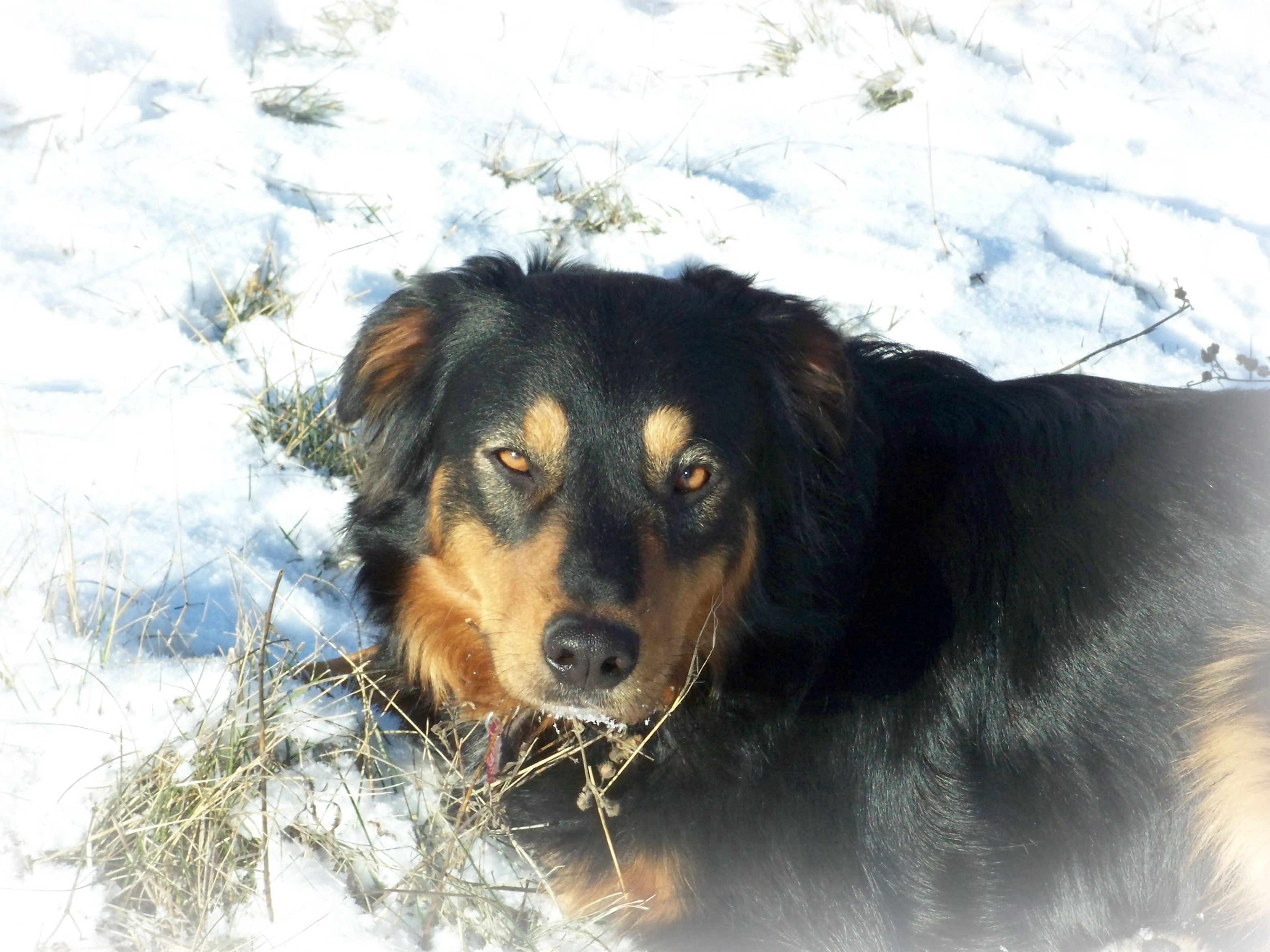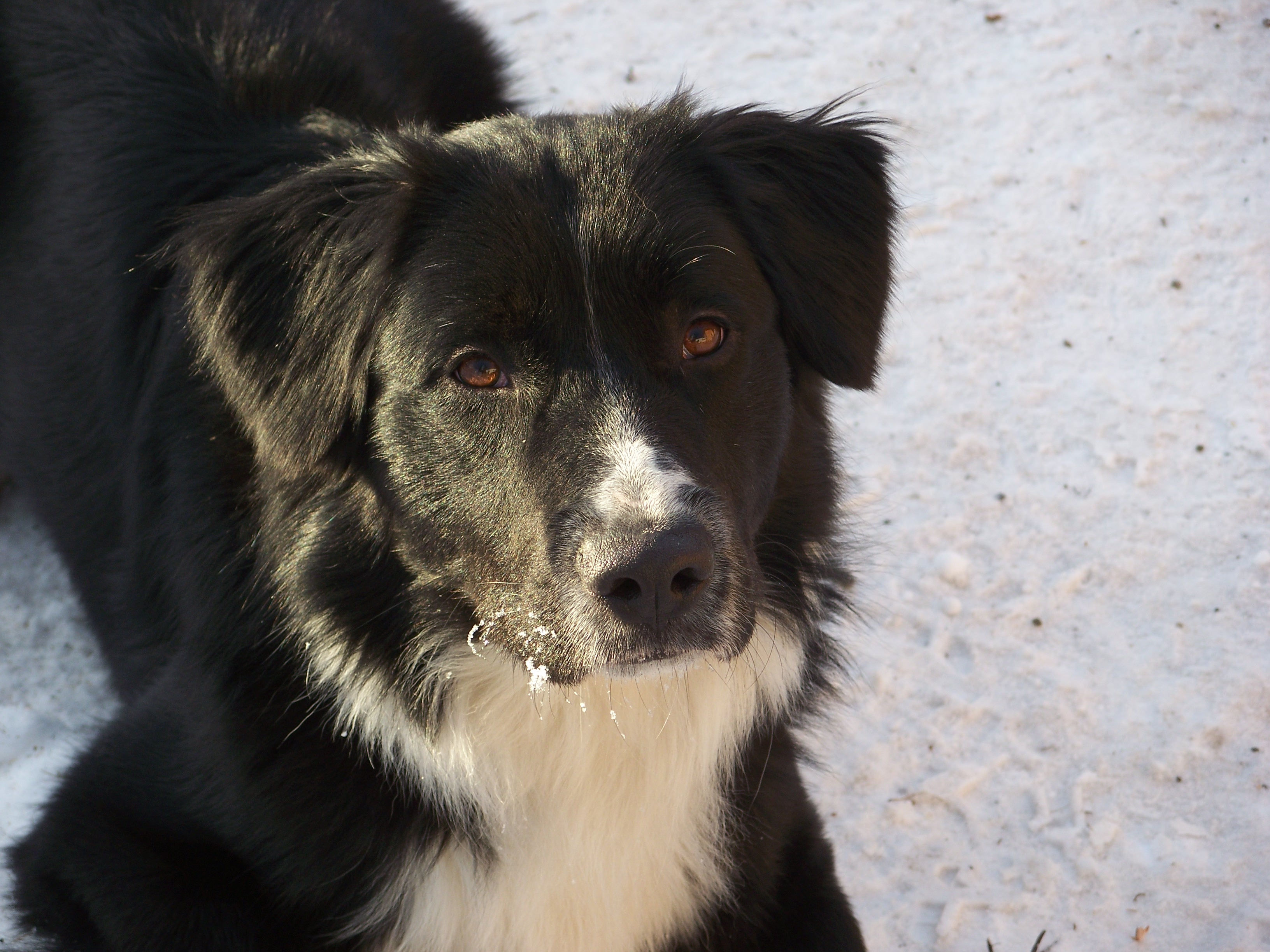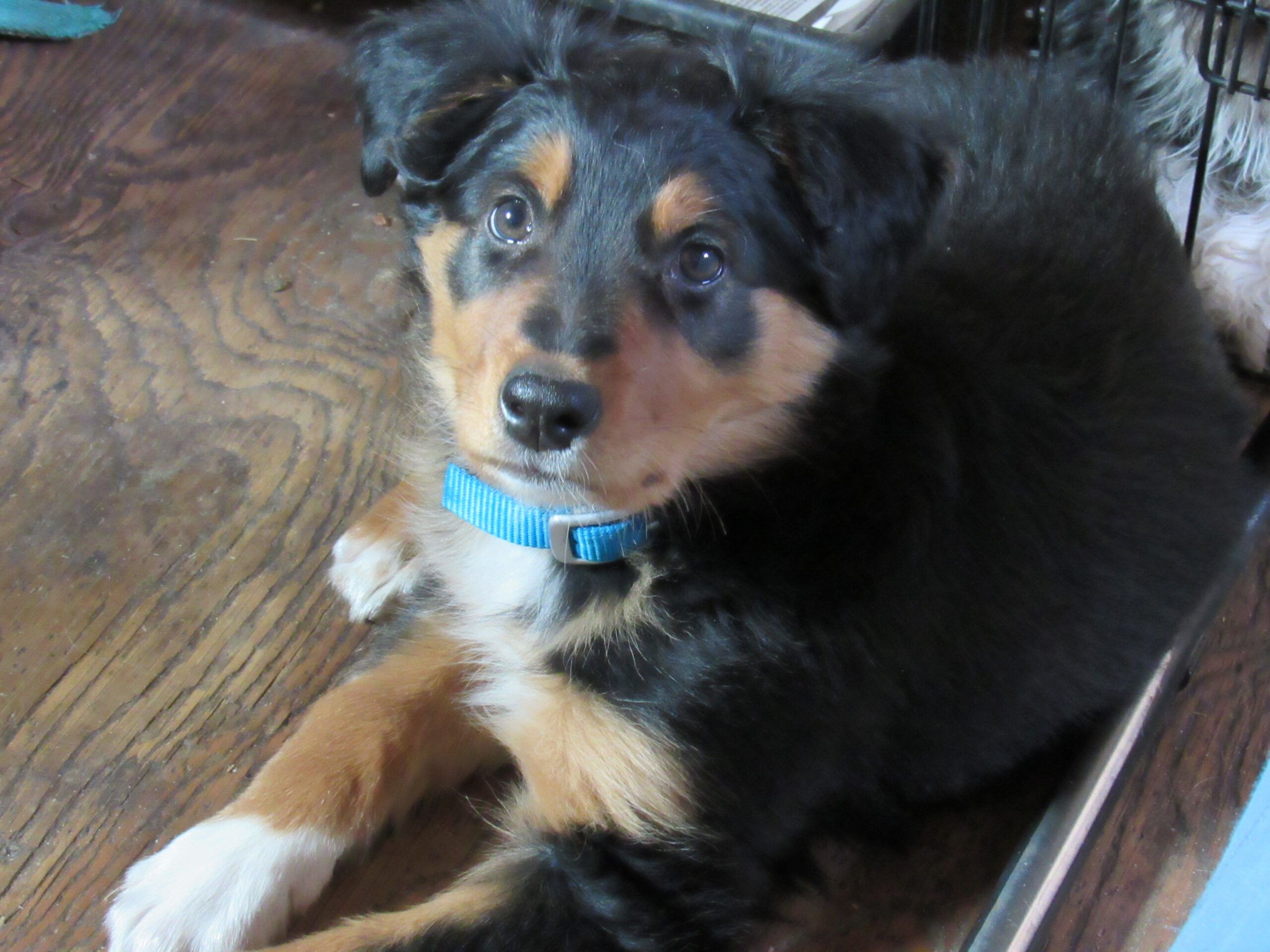This is a blog post from back in 2011 worthy of re-posting on this, our new blog. Many of our English Shepherd puppies show the qualities for, and are excelling as Service Dogs to some degree in their homes including our own girl Niamh.
Back then I read a fascinating book called “The New Knowledge of Dog Behavior” by Clarence Pfaffenberger, published in 1963. In this book he tells the story of his work at Guide Dogs for The Blind. It’s based on his many years of research along with Dr. J. Paul Scott and other workers at the Behavior Research Laboratory at Hamilton Station.
In Chapter 5, pages 70, 71, Mr. Pfaffenberger writes about a Dr. Walter M. Dawson who was in charge of a puppy program at the Department of Agriculture national experimental farm in Beltsville, Maryland. Dr. Dawson also had a War Dog Training Center on the farm. Anyway, what was of such interest to us in this chapter was the reference to English Shepherds! I quote the excerpt below:
“What was most disheartening was that Dr. Dawson had assembled, after great care, a colony of the dogs which we used to have on the farm and called shepherds, English Shepherds, or farm collies. This was a breed which most of us old enough to remember them think of as America’s greatest contribution to the canine breeds. He was a fine upstanding dog, usually black and white, rather squarely built and usually weighing around 50 pounds. He could be sent for the cows or would take a message to folks working in the field. He was a wonderful all-purpose dog. He was greatly sought after by the armed forces, but hard to find. The glamour of imported breeds had swept America and we had cross-bred him to almost anything that came from Europe until, during the war, what we got in his stead were mostly cross-breds. C-Bs, we called them on our records. These were the dogs that had been sold by our government for a song while hundreds of volunteers were begging for this kind of dog for service to our country.
“This made me especially sad a few days later when I visited Seeing Eye. Here Mr. Ebeling told me that they had had a few English Shepherds which trained so well that they wished they had saved them for breeding instead of altering them and using them for guides. He strongly recommended that if Guide Dogs could find any of these of good quality that they obtain them and try to rebuild the breed. While he liked the German Shepherds and Labradors they were using, he was most impressed with the English Shepherd. Dr. Dawson found them excellent. Dr. Leon Whitney, of Orange, Connecticut, told me that of all breeds he would recommend for guides, the English Shepherd would head the list.”
What a dog!







Leave A Comment